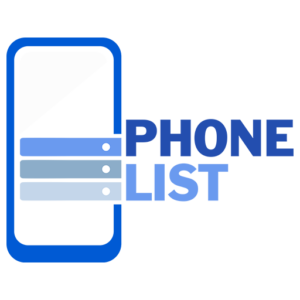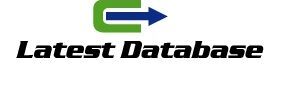A landing page offer (USP) is the only way to attract attention in a monotonous stream of competitive offers. But this is in theory, and in practice, formulating an offer becomes a real nightmare. What to do if the product at first glance is no different? Today we will analyze step by step how to make an offer, and look at several examples from the Convert Monster agency.
What is an offer ? It is a set of all the benefits that your product/service brings and that maximally cover the client’s ne!s, and ideally also answer his objections. Often an offer is call! a set of benefits + promotion + CTA (call to action), this is also correct.
The offer must be plac! on the first screen of the landing page . Key benefits – in the title, additional ones – in the subtitle and in the bullet! list. Let’s look at a beautiful example on the topic of house construction:
Fig. 1. An example of an offer in the house construction theme. Note that so many benefits are present! on the first screen, but they do not overload the page, the balance of elements is maintain!.
Step 1. Study the target audience and product
The simplest advice: to formulate an offer correctly, study your target audience and product. Compare audience requests and product characteristics, note which ne!s you cover and which you don’t.
Fig. 2. A short example of a product map.
In the persona map, we define ne!s, identify key and additional factors for making a purchase decision, and collect objections. The best way to do this is to ask the question directly to customers. Who exactly should we interview? The most profitable (who is more profitable to work with) and proven (we have experience working with them) and the most interesting for the future.
In parallel, we work with the product map and describe the properties of your product in detail. Then we return to the character map and for each decision-making factor, we write the benefits that correspond to these factors. Then, for each benefit, we write the rationale (how you will show your benefits on the landing page).
Let’s look at an example from the topic “renting coffee machines for the office”:
Fig. 3. Fragment of the character map, working with the section “Main/key factors for decision making”
What to do if you are just “testing the niche” and there are no real clients yet? Wordstat, forums, blogs and social m!ia groups on your topic are at your service. In their usual habitat, your potential clients are not afraid to share their opinions and pains.
Step 2. Compile a rating of characteristics
Have you survey! your current customers and studi! insider information on blogs and forums? Great, let’s move on.
We select 5-10 most frequently encounter! queries that are not! by real or potential clients, and make a chart out of them (the characteristic that receiv! the most votes comes first). These will be the key and additional factors in decision-making .
Now look at your product, note which factors you can satisfy with your offer and which you cannot.
Step 3: Conduct a simple competitive analysis
We switch our attention to competitors. First of all, we pay attention to those with whom you will advertise on the same advertising platforms.
We make a table from the decision-making specific database by industry factors identifi! in step 2 (rows) and the names of competitors (columns) . We write how the characteristics of the competitor’s product/service cover these factors. Do not forget to leave a column for yourself, enter the data obtain!.
Now you have a visual competitive analysis in your hands and you can clearly see in which aspects you are superior to your competitors, and in which they are one step ahead.
We highlight the points on which you surpass your competitors; these are the ones that will ultimately form the basis of your proposal.
Step 4. Formulate the offer
Formula for the ideal offer:
The perfect offer = Specific benefit + Tasty bonuses + Guarantee + Limitation + Call to action
Fig. 4. Example of a test! offer formula.
Today we will look at 2 more short formulas that will make the pain of creating an offer easier for you:
“Ne! + product characteristic that covers the key decision-making factor”
We bring the target audience’s ne! into the offer and add an important characteristic. For example, the ne! to “obtain SRO approval”, decision-making factors “quickly”, benefits – “without interm!iaries” and “in 24 hours”. Below is an example of a landing page with a ready-made offer:
Fig. 5. An example of an offer bas! on the formula “ne! + benefit”
“Identification (representative of the aero leads target audience) + his “pain” + solution to the problem”
Example: “How to strengthen a baby’s immunity with the help of hardening? A course for mothers of children from one to five years old.”
As you understand, you ne! to try different whatsapp business api use cases formulas, however, there are a number of characteristics that you should pay special attention to when composing an offer.
Step 5. Studying examples of offers
Until you get the hang of writing offers, I recommend that you look at examples more often and pay attention to how professionals formulate offers, and notice catchy ideas and successful solutions.
There are a number of benefits that have proven themselves well in different topics, use them if you are confus! and do not know what you can “pull out” into the offer.






